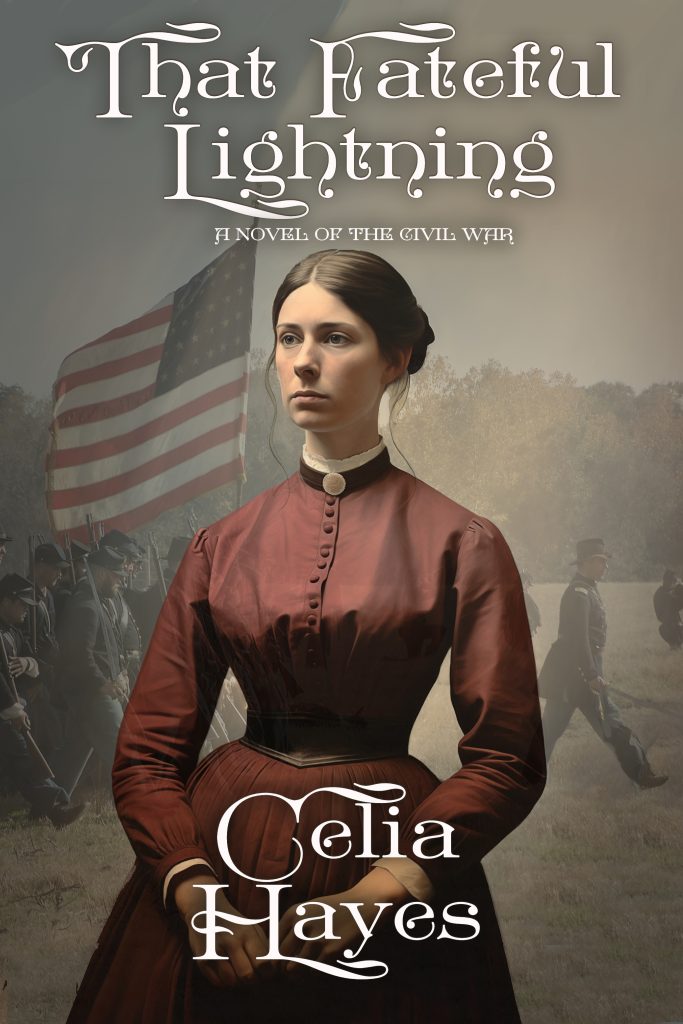Ah, yes – the last week of the old year rapidly dribbling away, and time for me to sit down and assess what I managed to get done out of the goals set for last year at this time.
Last year, I vowed to complete three books, which at the time were only partially completed or just barely begun: the Civil War novel That Fateful Lightning, the latest installment of the Lone Star series, a new collection of Jim Reade and Toby Shaw adventures in 1840s Texas, and the 12th volume of the Luna City series.
Well, best two out of three; Lone Star Blood launched in ebook in March, and That Fateful Lightning launched the first of December, in Kindle and print both. As for Luna City #12, that has to roll over into next year’s projects and goals.
I have started on Luna City #12 and hope to have it done and ready for launch at mid-year. I have decided, though, to make it Kindle only, but generate it in print as part of the fourth compendium of Luna City. That makes a nice round number of four extra-hefty collections. Because the story arc of Richard Astor-Hall will come to a nice conclusion with his marrying Katie Heisel, and because one larger-than-life real person who inspired creation of a character in Luna City has since passed away – we have decided to wrap up the present-day cycle at twelve books. However, I am very fond of the mental place that Luna City occupies, as are the fans, so there will be future books set in that space – but in the 1920s and 30s, with Stephen, Letty, Douglas, and their friends as children. They will have adventures and solve mysteries, and generally assist Chief Magill and John Drury in fighting minor crime – a sort of American Emil and the Detectives. I haven’t started on that book yet – still thinking about it and coming up with possible story lines.
We decided to put off doing vinyl flooring throughout the house for the foreseeable future – it’s too big and exhausting a project to tackle myself. It was bad enough, just doing one small room. The privacy fence from the garage to the neighbor’s gatepost was completed early on, though – and as predicted, delivery people are confused about where the front door is! But it makes a secure and private patio for the front bedroom. So that goal done and dusted, and the dryer vent also was cleaned out, at a much greater expense than expected. It might never have been done by the original owners of the house, as the technician found the vent cover permanently attached. That was a disconcerting discovery, and so were the massive quantities of lint removed from the stack.
We didn’t get the slider insert with a pet door in it for the cats to go in and out as they wish – but we did put in some patio furniture, cat beds and litter boxes, feeder and water butt for the cats, so the patio is sort-of reclaimed. The slider insert has gone up in price since last I checked – so for now, we’re just leaving the slider door about six inches open most days, so the feline herd may go in and out as the mood takes them. Although the back fence has been totally rebuilt – we’re holding off on chickens until this next spring. That and the slider door insert with the pet door are on the agenda for 2024.
In March of 2025, the mortgage on the house will be entirely paid off, and I should have made a good dent in paying for the new siding, windows and HVAC system – all of that installed in 2020 or 2021. As an aside, the siding and the specialty paint on it are wearing extraordinarily well – they all still look as if they had been freshly done just last week.
As for the ongoing projects and plans, I will do my best to get a good vegetable garden going this year, now that I have the somewhat sturdier greenhouse to start seeds in. And I might be able to fit into a pair of size 14 jeans once more. And that’s the state of the author for this year, and the plans for next. Happy New Year!


Recent Comments